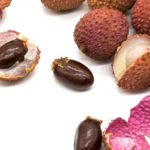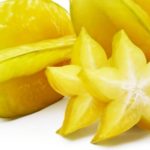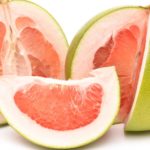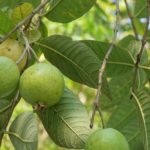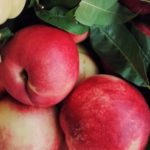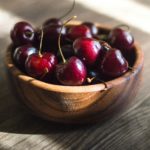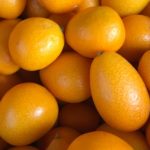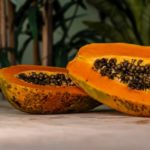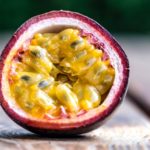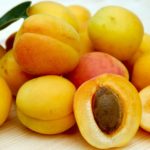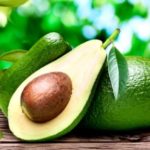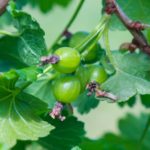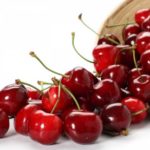10 Facts about Fig – Interesting and Fun Facts
The fig is the most talked about fruit in the Bible and they have been around since the first days of mankind. Let’s check these 10 facts about fig.
10 Facts about Fig
- Although not definitively known, the fig probably originated in Asia Minor as figs were reported in China 700 years ago. They spread rapidly in various parts of the world like Egypt and Greece. Subsequently, they migrated to American continents when Spaniards introduced them to California in the mid-1770s.
- The fig tree is a quite tall deciduous tree. Though the average height of this picturesque tree is 10 – 30 ft, it can reach a height of up to 50 ft.
- Figleaves are quite large (it is believed that Adam and Eve made their first dress with fig leaves) and are members of the Moraceae family.
- Another fact – fig fruits appear twice. The first crop or common fig appears in the spring while the second crop or main fig appears in the fall. Mature fruit is round or oval in shape, with a tough pure green or blackish green peel. The fruit often cracks when ripe and exposes the pulp beneath. The Interior of the flesh is the seed mass. The edible seeds are numerous and hollow.
- Figs come in different varieties: Black Mission – major fresh figs, Kadota – greenish-yellow skin with purple flesh, Calimyrna – most popular dried variety, large, greenish-yellow, Smyrna – the Turkish variety, Adriatic –light green skin, pale pink flesh.
- While fresh figs are rarely found at the market dried figs are available throughout the year. The first fig crop is available in June and the second crop is available during August – September.
- If you buy slightly unripe figs, place them on a plate at room temperature for a few days. However, ripe figs retain their freshness for a few days inside the refrigerator. Dried figs can be kept for several months and can also remain in frozen condition.
- Fig can be eaten fresh, though it is best if cooked or baked. If you want to have dried figs in plumped condition, just simmer them in boiling water or fruit juice and add a drop of almond flavor – yummy.
- A fig is a good source of the indigestible food fiber – lignin that helps in retaining water.
- Fig has a very high sugar content and a notable amount of protein, calcium, magnesium, phosphorus, and potassium.


